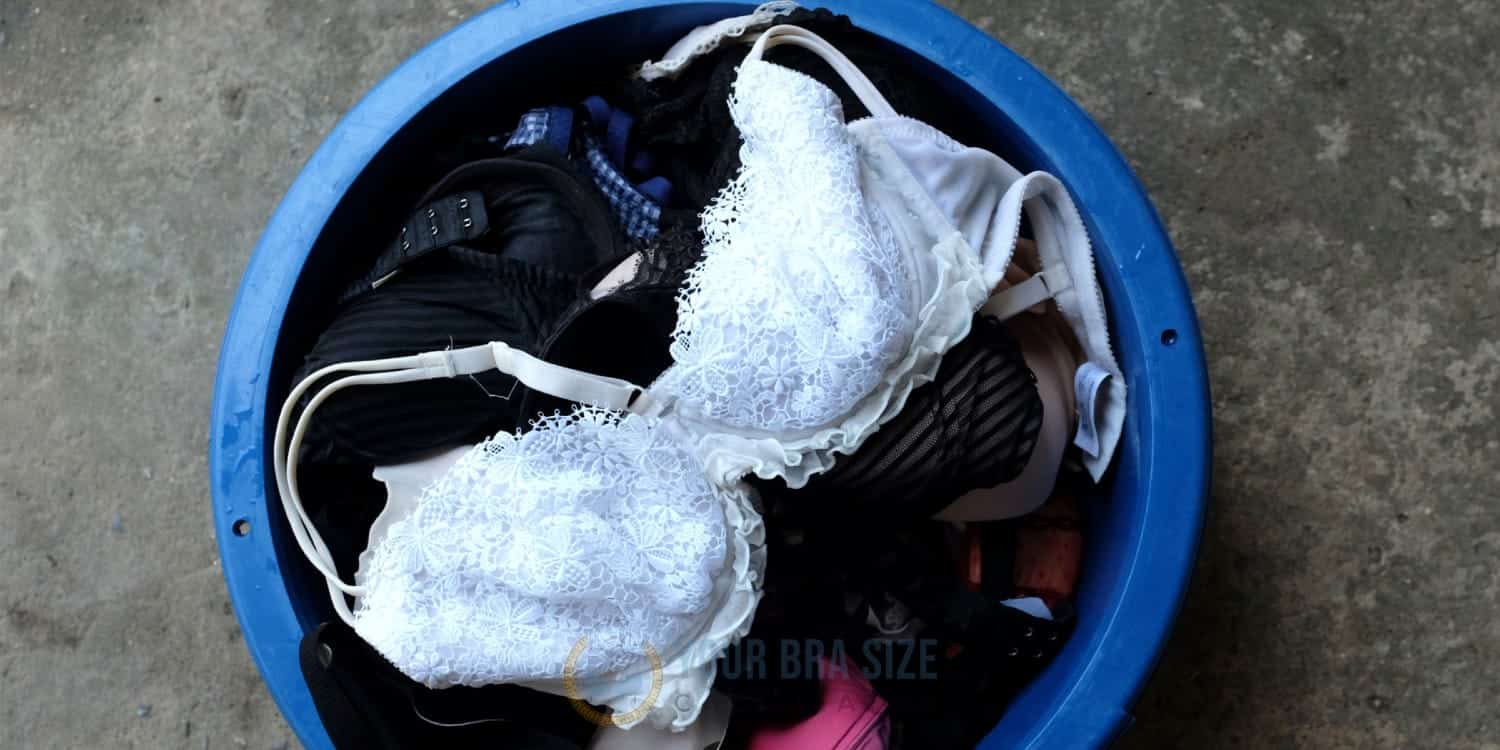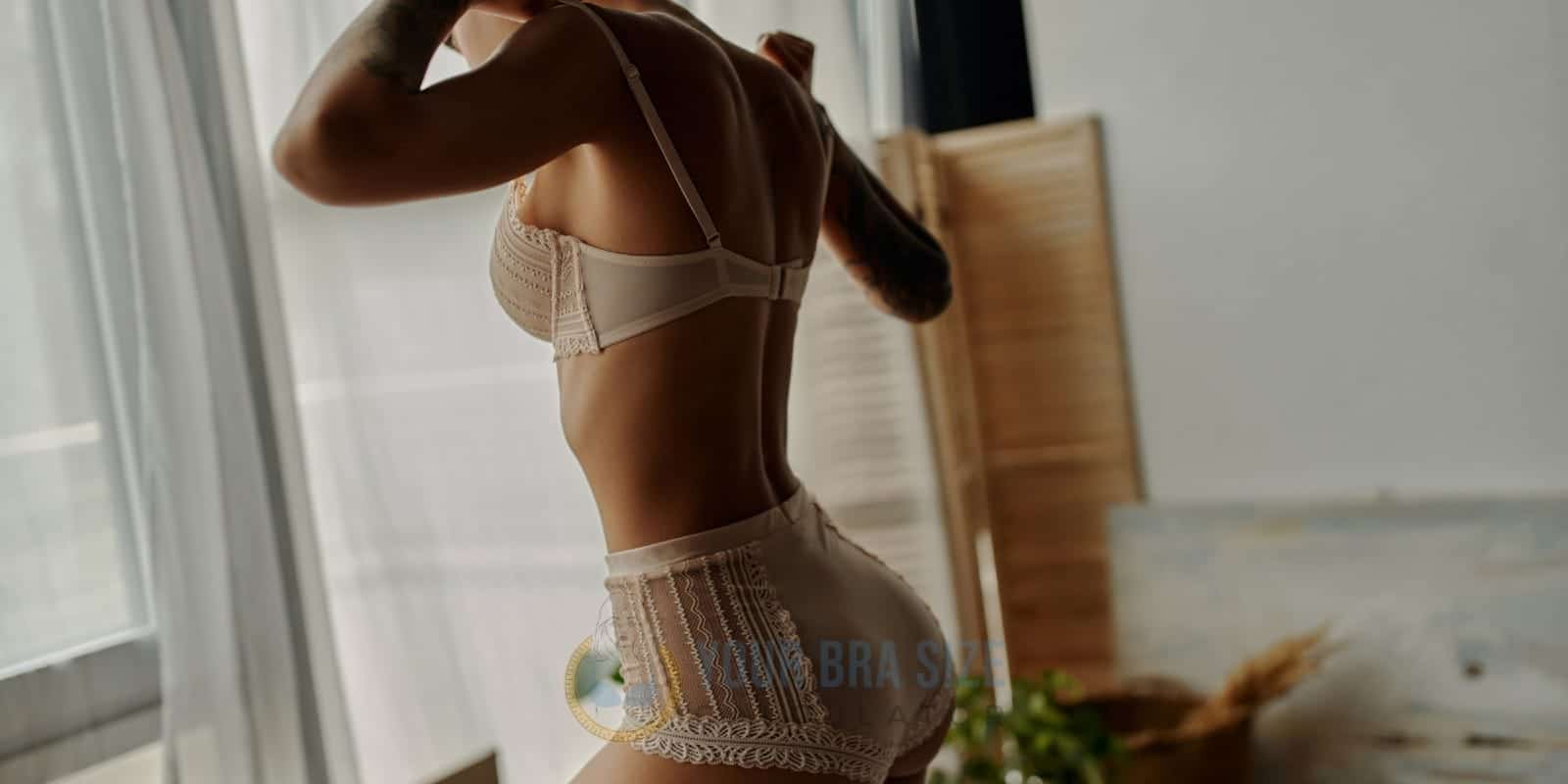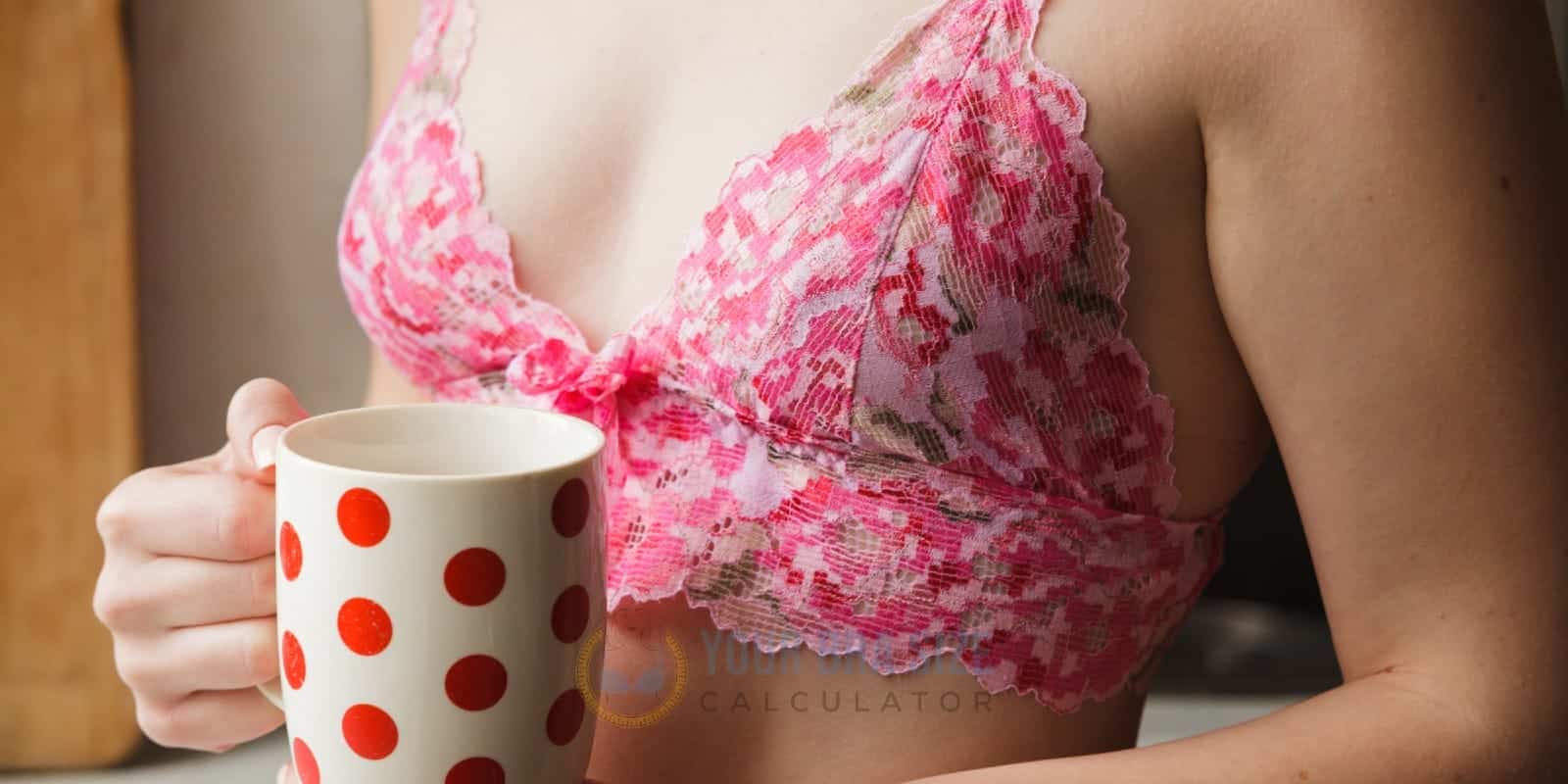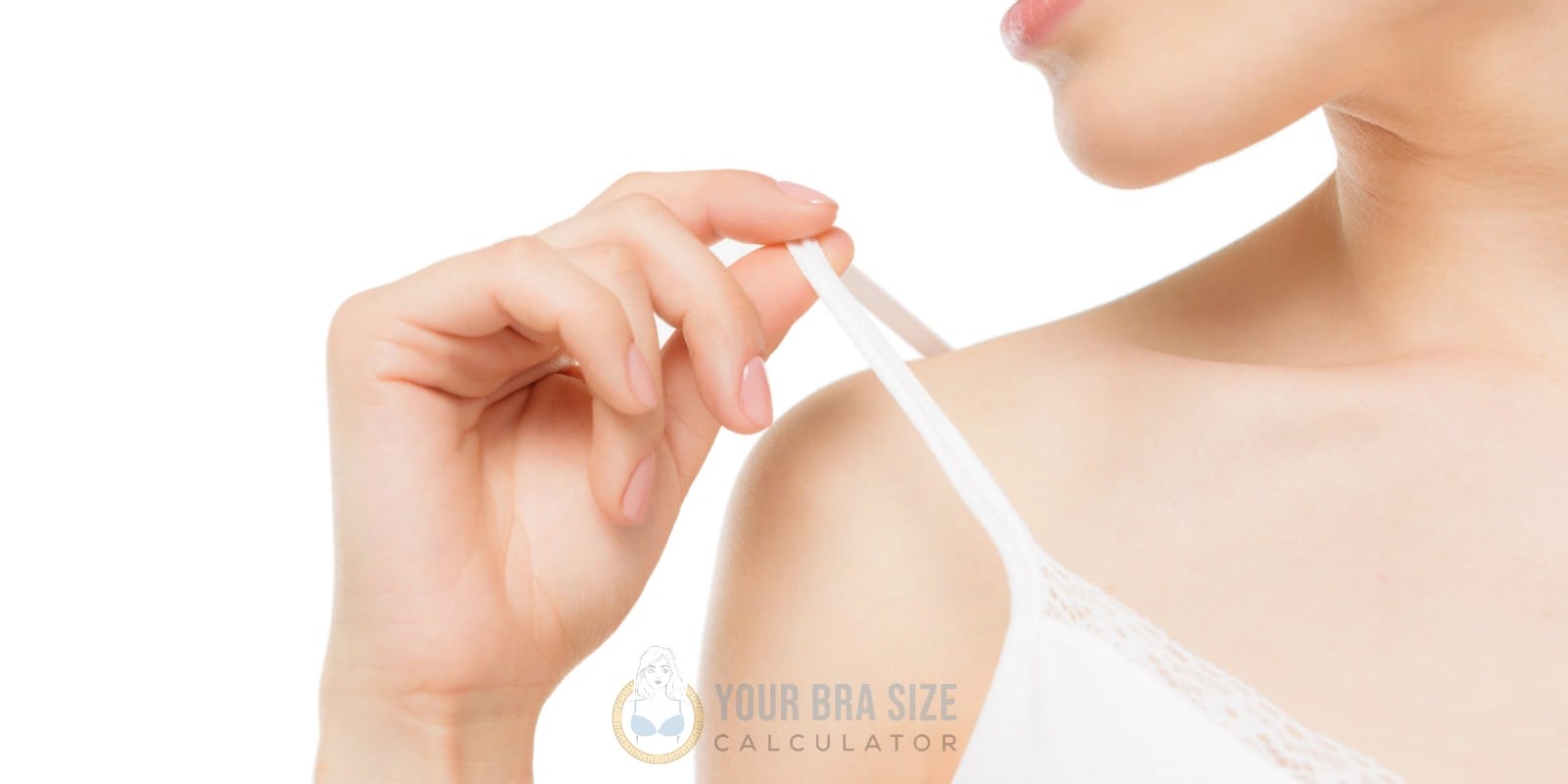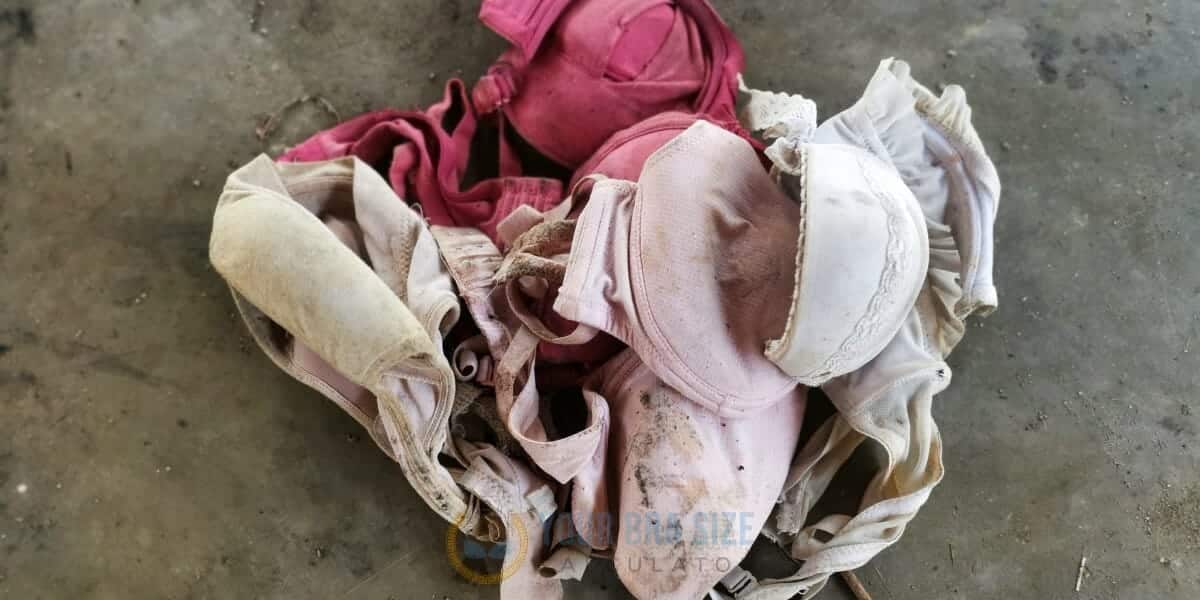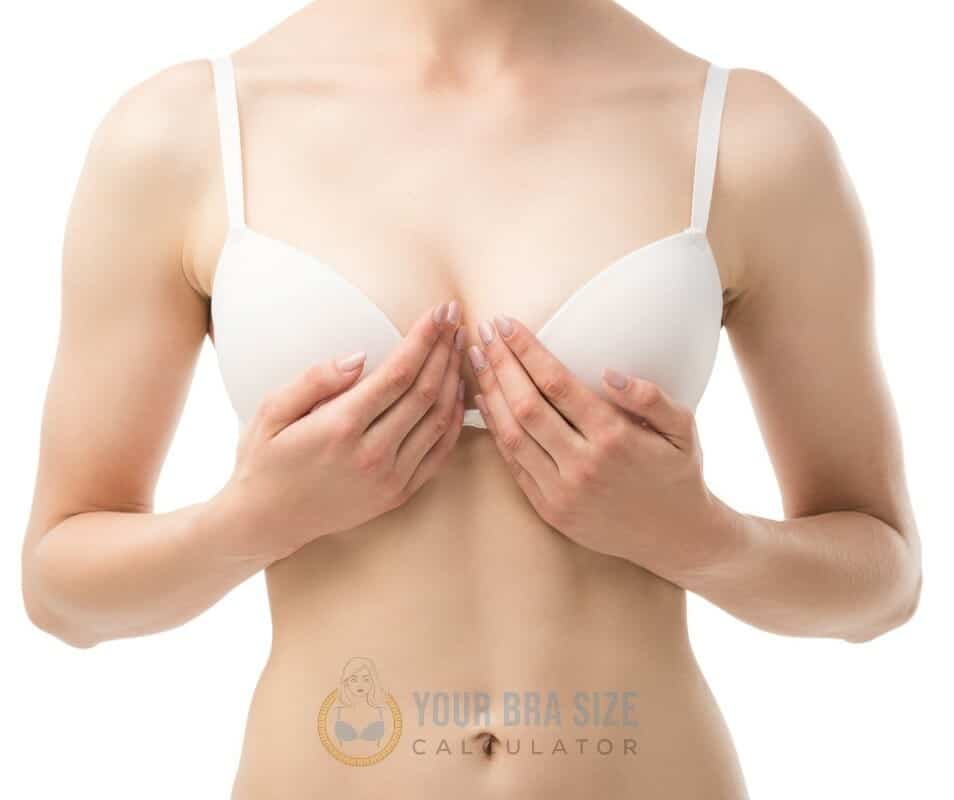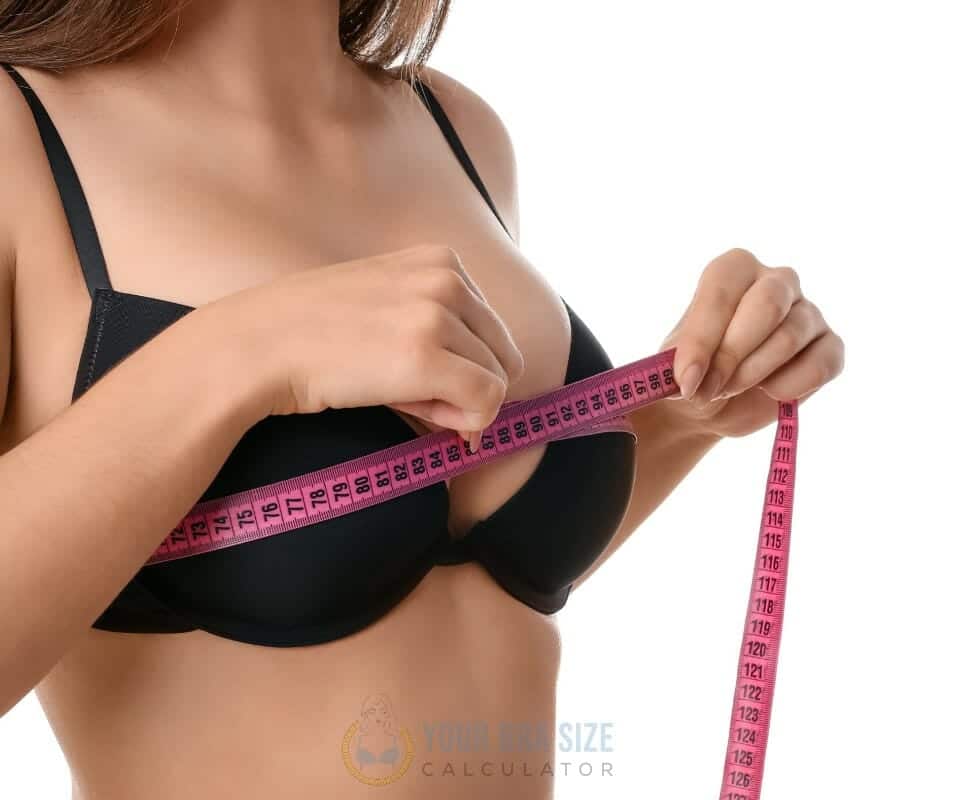Shopping for a bra is hard enough, but shopping for one from an international brand can be even more challenging. How do you know which size to buy when the sizing charts vary from country to country? Knowing how to convert sizes between countries is essential to get the perfect fit. Read on and learn how to navigate different sizing systems to find the right bra, no matter where it’s coming from!
It can seem daunting to figure out what bra size will fit if you need to become more familiar with a country’s sizing system. But with a few helpful tips, anyone will quickly become an expert at navigating through different sizing systems worldwide. It all starts by understanding each type of measurement used in various countries and learning how they differ.
When it comes down to it, finding suitable fitting bras shouldn’t be so complicated that we have to throw our hands up in frustration, unable to go any further. With some simple research into foreign measurements, everyone can confidently purchase precisely what they need without worry or hassle – regardless of where it’s from!
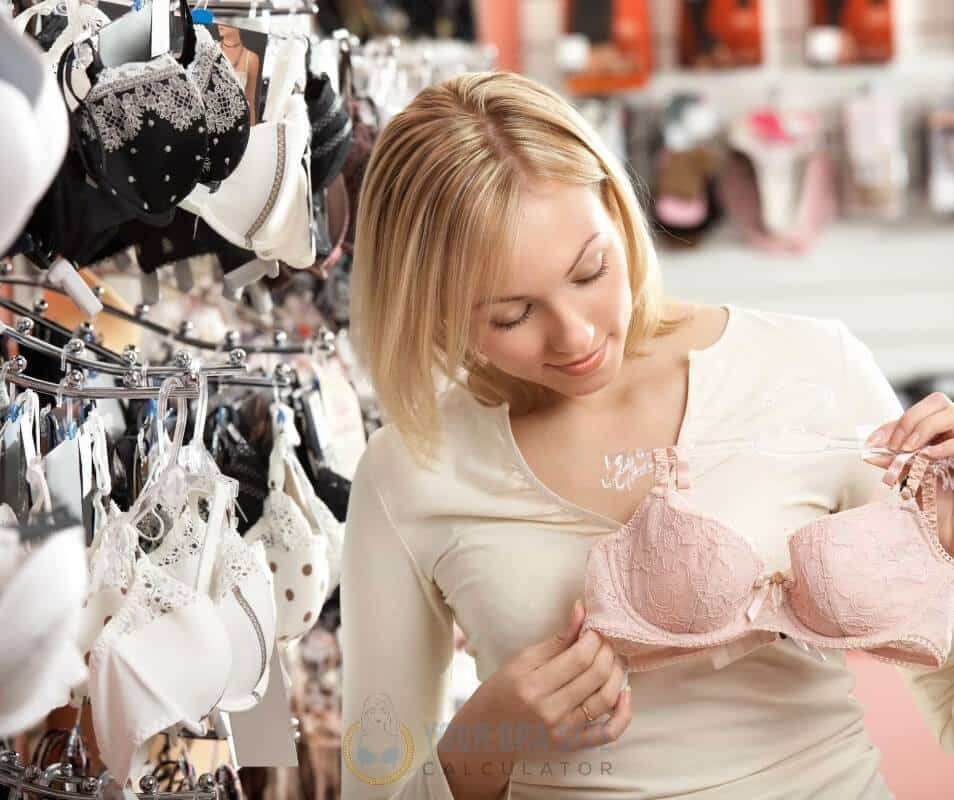
Overview Of Bra Sizing Systems
Are you confused or need help with bra sizing systems? You’re not alone. Every country has its unique way of measuring and labeling bras, making it challenging to find the right fit when shopping for a new piece of lingerie or swimwear. This guide will explain how different countries measure bras, provide tips on cup size conversion, and discuss international bra sizes so you can make sure your next purchase fits perfectly.
In most parts of the world, including Europe and North America, bra sizes are determined using two measurements: a band size (the circumference directly underneath the breasts) and a cup size (the difference between the underbust measurement and bust measurement). These numbers usually appear in this format: 34C, where 34 is the band size, and C is the cup size. Depending on which country you’re from, however, these same numbers could refer to totally different sizes! For example, an 80C would be equivalent to a 34C in US sizing if you’re from France.
To help navigate such complexity, several online tools serve as helpful guides for finding the correct fit, such as Bra Size Calculators or International Bra size guides. Most of them allow you to enter your current measurements and automatically generate recommendations based on those results – a great option if you don’t have time to do all the math yourself. With these resources at your disposal, any confusion about what size works best should become much more straightforward. Armed with accurate information about one’s body shape and proper fitting techniques, anyone can easily select garments that feel both comfortable and stylish.
Now that we understand more about how different countries measure bras, let’s discuss how to correctly measure for the right fit.
Measuring For The Right Fit
Finding the optimal fit for your bra is like finding a needle in a haystack – it takes patience and strategy. However, with the proper measuring techniques, you can find the perfect size to flatter your figure. When shopping for bras from international brands, two necessary measurements must be considered: cup size and band size.
The band size is measured around the rib cage just beneath your bust. Use a flexible tape measure to obtain an accurate number while wearing a non-padded bra. Ensure it’s snug enough but not too tight. Convert this measurement using an international sizing chart if needed. The next step is calculating the cup size by determining how much larger your bust circumference is than your band size; each inch of difference corresponds to one cup letter (i.e., A, B, C). Again, refer to an international sizing chart when converting sizes, as different countries may have unique definitions for these letters.
Knowing both measurements will help you find the correct fit for any bra offered internationally – whether full coverage or strapless styles! It’s essential to remember that these tips apply regardless of where you shop since all brands should adhere to standard sizing guidelines set by global organizations such as the International Organization for Standardization (ISO). With proper measurements in hand and knowledge about international conversion charts, you’ll be able to enjoy comfortable lingerie no matter which country you’re in. Size chart comparisons are also available online if more assistance is needed.
Size Chart Comparisons
Understanding the size conversion between countries is essential when shopping for a bra from an international brand. Comparing the different bra size charts available is critical to do this accurately. Generally speaking, each country has its sizing system and measurements used when designing bras. For example, while in Europe, they use centimeters (cm) to measure bust sizes, in most other countries like the United States, inches (in) are used. This can make comparing sizes across different brands difficult.
To convert bra sizes between countries properly, it’s essential to understand how each measurement system works and what your recycled size will be according to both measurement methods. In addition, many stores offer international sizing charts that provide conversions for the same cup and band sizes across multiple countries – making finding your correct fit much more straightforward. Finally, researching specific brands before purchasing can provide helpful information on how their particular sizing chart works or if there are any additional tips for ordering internationally.
Converting Sizes Between Countries
As one size does not fit all, it is essential to understand how bra sizing systems differ between countries when shopping abroad. To make this process easier, a comprehensive guide to converting sizes from one country’s plan to another is needed – and luckily, some valuable resources can help with that task.
Like a thread stitching together different cultures and nations, the following tips will offer an insight into how international shoppers can find their perfect fit in any store around the world:
- Understand each bra size chart before making a purchase. Every country has its standard for measuring cup and band sizes; familiarizing oneself with these measurements before purchasing anything can save time and hassle later on.
- Check out online size conversion charts or calculators. The internet provides customers with many options for finding their correct size according to the specific brand they’re purchasing – most brands also have their own proprietary converter tools.
- Take note of any ‘sister sizes’ while browsing through your options. If you cannot find your exact size, look for other sister sizes (e.g., 34C/36B/38A), which may be similar enough to work just fine!
- Get adequately fitted if possible – even better yet, ask local friends or family members who know the area’s sizing standards for help! This way, you can try on bras in-store for an accurate idea of what looks best on you, rather than relying solely on online sources or guesswork alone.
To shop confidently abroad, understanding regional sizing differences and individual brand measurements is key – armed with this knowledge and access to helpful resources like bra fit guides, international shoppers should be able to find exactly what they need without worry or confusion!
Tips For Shopping Bra Abroad
When bra shopping abroad, it helps to understand the sizing guide of international brands. Fortunately, there are several ways to convert sizes between different countries. With a few simple tips, you can ensure you get the perfect fit when buying a global brand.
First and foremost, know your size in both US and UK sizing systems. This will help ensure accuracy when converting sizes for international brands. Additionally, consider online resources such as size charts or conversion calculators for further assistance in choosing the correct size.
Finally, always double-check measurements before purchasing an international brand. Take into account any discrepancies between brands so that you can avoid ending up disappointed with a less-than-ideal fit. Shopping internationally doesn’t have to be complicated; these easy-to-follow tips can help take some guesswork out of finding the perfect bra while shopping abroad.
For those who may want to avoid shopping internationally, there are plenty of alternatives to try at home.
Alternatives To International Bra Brands
It’s like the saying goes: when life gives you lemons, make lemonade. Similarly, instead of spending a fortune on international brands and getting confused about their size conversion charts, why not look for alternatives?
For starters, many non-international brands offer bras in various sizes without breaking the bank. Most local stores also carry these products as they are easy to source from regional markets. They may even provide better fitting options than international brands since they cater to local sizes. Additionally, if someone is looking for something completely unique and individualized, custom-made bras can also be an option.
But what if one wants to avoid buying branded bras? Well, there is always the option of locally sourced unbranded items, which usually come at a reasonable price and with excellent quality fabric used in them. Moreover, taking measurements and going by those can help ensure that the bra fits perfectly without worrying about any associated conversions or numbers.
So, if you find yourself stuck trying to decode complicated sizing systems across countries while shopping abroad, remember there’s more than one way to get your hands on lingerie! From exploring alternatives such as non-international brands and locally sourced bras or opting for bespoke designs tailored specifically for you – take your pick!
Frequently Asked Questions
What Is The Best Way To Store My Bras?
When it comes to storing your bras, you want to make sure they are correctly cared for. Having some bra storage tips is essential to keep them organized and out of harm’s way. To get the most out of your lingerie, here are a few ideas on how to store your bras.
One great tip is to use bra drawer organizers or dividers. These will help keep everything in its place so it’s easier to find what you need quickly and efficiently when getting dressed. Additionally, if space allows, consider investing in some bra storage boxes. This can be especially helpful if you have multiple types of bras with different cup sizes or styles, as these boxes allow for easy organization and access when needed.
Finally, another option is hanging organizers for smaller items like bralettes and sports bras, which don’t need folding or organizing into drawers. Hanging organizers provide an effective solution for keeping your bras organized while freeing up more room within drawers and closets – perfect for those living in smaller spaces! With these simple yet efficient tips, you can ensure that all your favorite pieces stay safe and look their best!
How Do I Know If A Bra Is The Right Size For Me?
Trying to find the perfect bra can be a daunting task. Are you feeling overwhelmed by all of the different sizes and options available? Don’t worry, you’re not alone! With so much information about bra size guides, calculators, fitting tips, and charts – it takes a lot of work to know where to begin. But understanding how to determine if a bra is right for you doesn’t have to be complicated.
The first step in finding your ideal fit is using a bra size guide or calculator as a starting point. This will help you understand the size range best for your body type. Bra fitting guides also provide helpful advice on selecting styles designed with comfort. For example, look for bras with wider bands or adjustable straps that won’t penetrate your skin during wear. Additionally, paying attention to materials used in construction can make all the difference between an uncomfortable experience and one that feels great all day.
When shopping for bras, a good rule of thumb is to try them on before making any purchases. Checking yourself against a bra size chart may give you an idea of which sizes might work best – but nothing compares to trying something in person! Doing this will give you an accurate assessment of how each style fits and whether it’s comfortable enough for everyday wear. Remember: no two bodies are exactly alike, so don’t feel discouraged if some pieces don’t fit properly; keep looking until you find something that suits you!
Finding the right bra isn’t always easy – but figuring out which styles complement your body type makes all the difference in comfort and confidence! So start exploring different sizing options today and enjoy feeling beautiful from head to toe!
Is There A Difference Between The Sizing Of Sports Bras And Regular Bras?
When it comes to selecting the right size of a bra, there are several factors to consider. One such factor is whether you’re looking for a sports bra or a regular one. Sports and regular bras come in different sizes and materials, so it’s essential to understand how sizing works between the two types of garments. This article will explore the differences between sports bra sizing and regular bra sizing and provide a guide on finding your perfect fit when shopping internationally.
Sports bras generally have more compressive material than regular bras. That means they tend to fit slightly tighter with less give in terms of cup size – although this varies among brands. Sports bras also offer additional support through straps that help keep everything in place during exercise. Getting the correct size when purchasing a sports bra is essential because an ill-fitting one can cause discomfort or even impede performance. Use our helpful international conversion chart below to ensure you select the best fit possible!
Different countries may measure bra sizes differently from each other due to variations in body measurements across cultures and regions. For instance, Europe typically uses centimeters for its band measurement system, while North America primarily sticks to inches for bands. The cup size also differs depending on location; AUS/NZ usually goes by alpha sizes (A-DD), whereas UK/EU typically follows numbered cups (1-8). When shopping overseas, knowing these regional variations is vital to purchasing a comfortable fit that suits your needs.
With access to online stores becoming increasingly more accessible worldwide, finding the right-sized sports bra has never been simpler—especially now that we know how different sizing systems work worldwide! All you need is basic knowledge about which elements contribute towards proper fitments, like bandwidth, shoulder straps, and cup depth; plus, our handy international conversion chart ensures you don’t miss out on any details when converting sizes between regions or cultures! So go ahead and shop confidently wherever you are—it’s time to find your perfect match!
Are There Any Materials That Are Better For Bras Than Others?
When it comes to bras, their material is just as important as their fit. Different bra materials can affect comfort and durability, so understanding what fabric to look for in a bra can be essential. From cup size to underwire bras to straps, here’s what you need to know about bra materials before shopping.
First, let’s talk about the popular fabrics used for bras today. One such material is cotton spandex blend, which offers more stretch than traditional cotton and creates a comfortable fit that hugs your body but still allows movement. Synthetic options like nylon and polyester are often used because they don’t shrink or stretch out quickly when correctly cared for. For those looking for something more luxurious, silk and lace may be great choices, too! Here are some pros and cons of different types of bra materials:
- Cotton Spandex Blend – Pros: Comfortable Fit; Cons: Not As Durable
- Nylon & Polyester – Pros: Won’t Shrink or Stretch Out Easily; Cons: Can Feel Uncomfortable Against Skin
- Silk & Lace – Pros: Luxurious Look; Cons: Prone To Stains And Wear Easier Than Other Materials
No matter which type of material you choose, the most crucial factor when selecting a bra is how it fits your body shape and size correctly. Pay attention to details like cup size and support provided by underwire or adjustable straps – all these elements will ensure maximum comfort while wearing any bra fabric. Furthermore, carefully read care instructions on tags since improper cleaning methods could ruin certain delicate fabrics faster than others. In short, research to pick the perfect material for your needs!
How Often Should I Replace My Bras?
When it comes to bras, how often should they be replaced? This is a question many women have, especially when trying to maximize their wardrobe. Knowing the bra replacement frequency can help ensure you always look and feel your best.
The answer isn’t cut-and-dry; there are at least four factors to consider when deciding how often bras need to be changed:
- Quality: How well was the bra made? The better quality materials used usually mean longer-lasting wear.
- Fit: If a bra doesn’t fit correctly, it won’t do its job properly and will likely need replacing sooner than one with an ideal fit.
- Frequency of Use: Are you wearing the same brassiere every day or only for special occasions? Wearing it frequently will impact its lifespan more than occasional use.
- Laundering Habits: Handwashing versus machine washing can make a difference in terms of the longevity of your brassieres and air drying instead of tumble drying them.
It’s essential to remember these things when considering how often bras need changing. Generally speaking, depending on the above factors, most experts recommend replacing your bras after six months – but this could vary greatly depending on individual circumstances and usage habits. Ultimately, notice any signs of wear, such as stretched-out straps or cup fabric that no longer provides adequate support. It may be time for an upgrade!
Conclusion
I’m sure many of us have been in a situation where we find a perfect bra, only to realize it’s unavailable in our size. Bra sizing can be confusing and frustrating. It doesn’t help that sizes are different between countries. Fortunately, there are ways to convert sizes for international brands! With just a few steps, you can learn how to determine your size when shopping online or overseas.
Bra materials also play an essential role in determining comfort and fit. Knowing which fabrics and styles work best with your body type is critical to finding the perfect fit. Like buying clothes, bras should be replaced often – about every 6-12 months – because they wear out as elastic loses its stretch over time, much like an old rubber band getting brittle and snapping apart.
Finding the right-fitting bra is essential for feeling comfortable throughout your day; it’s almost like having a hug all day! Don’t let confusion or frustration stop you from finding the perfect fit – remember these tips next time you go bra shopping so you can feel confident knowing that you have the right size!

